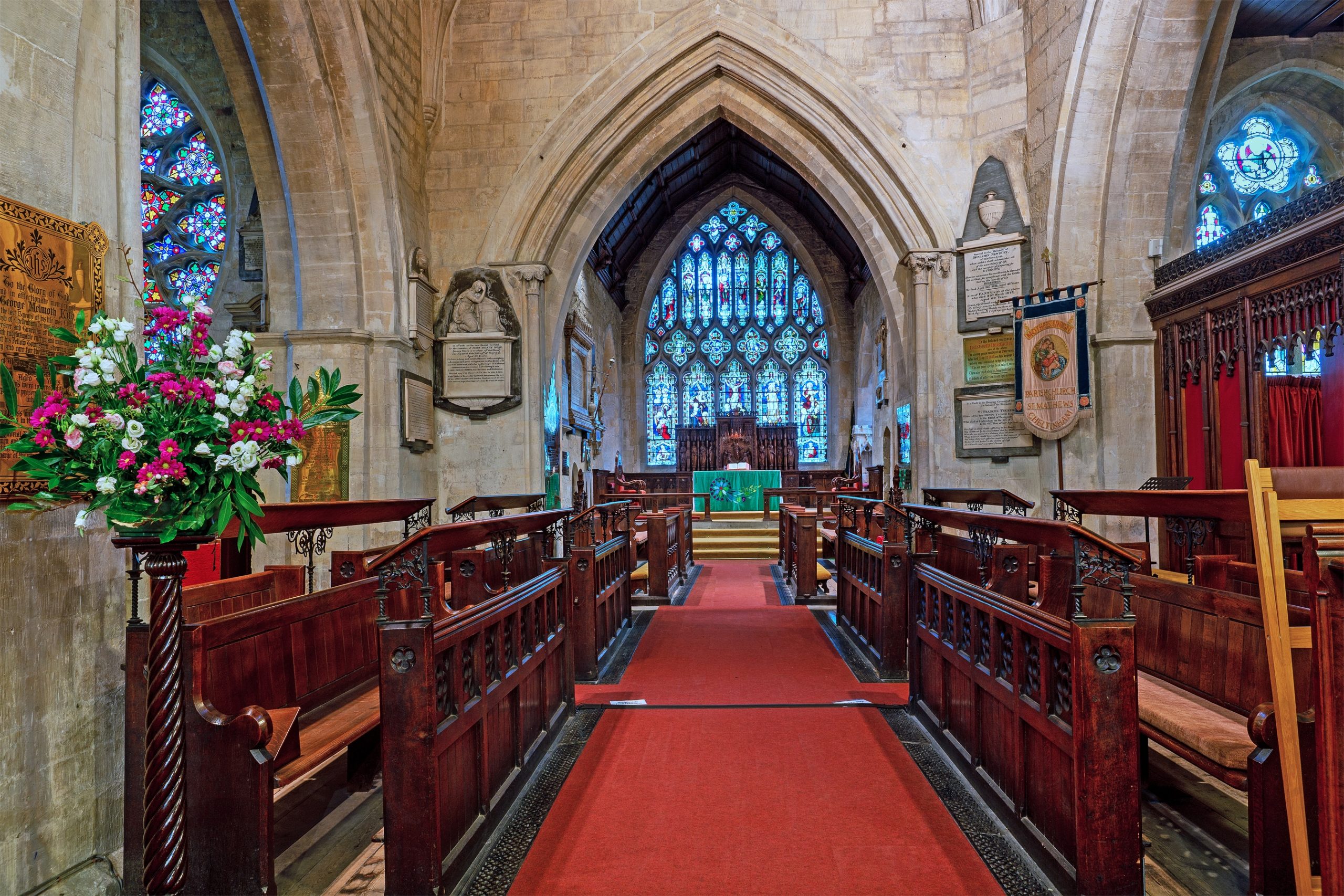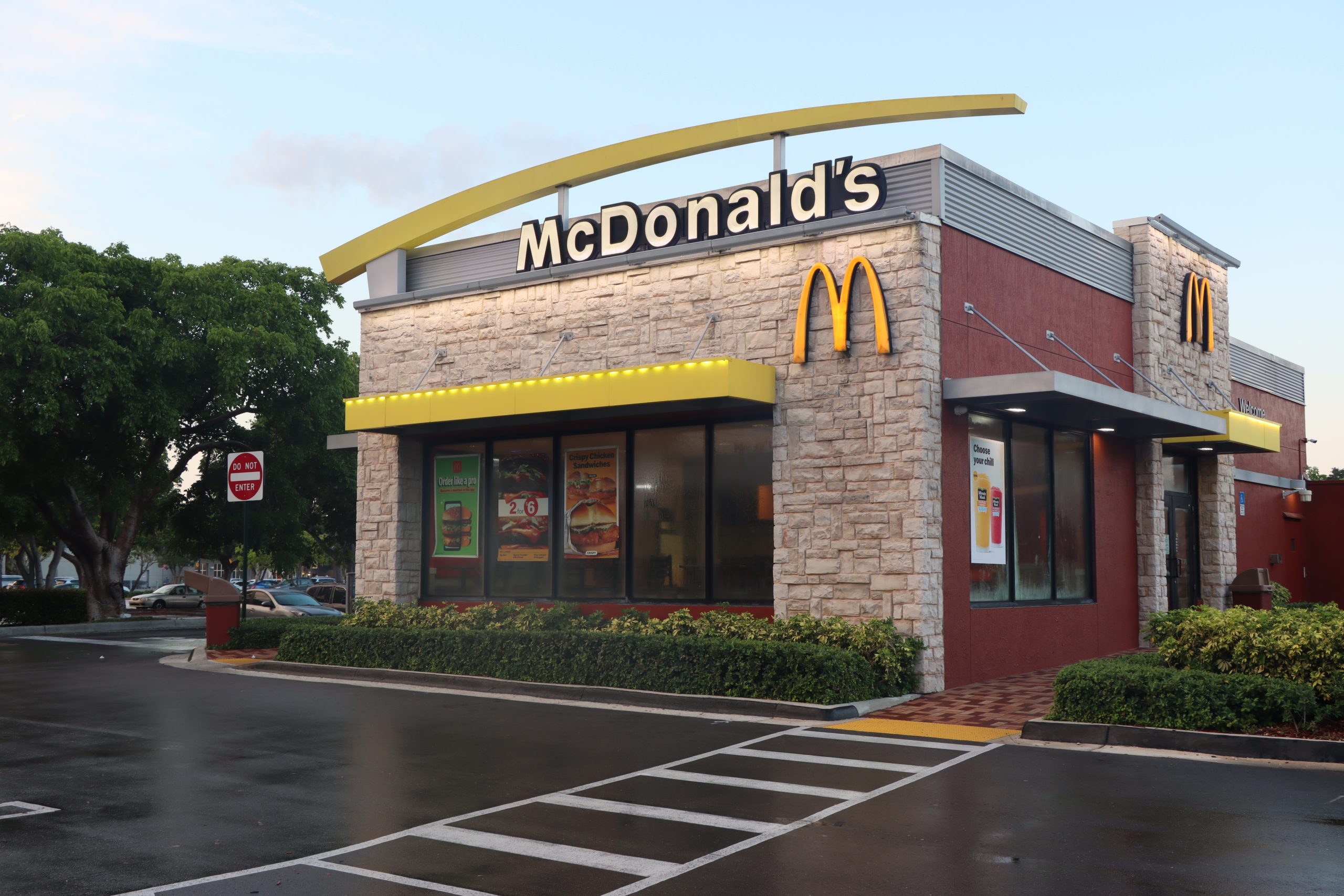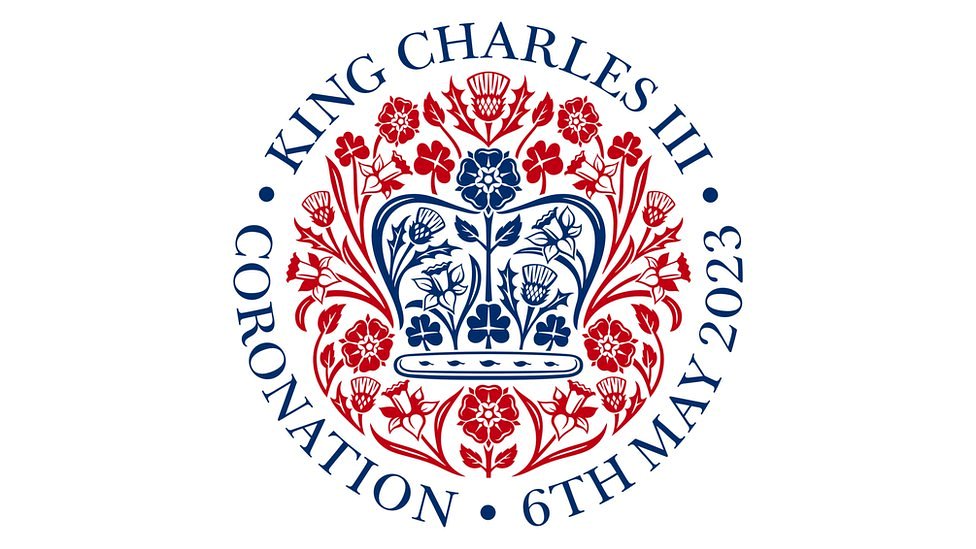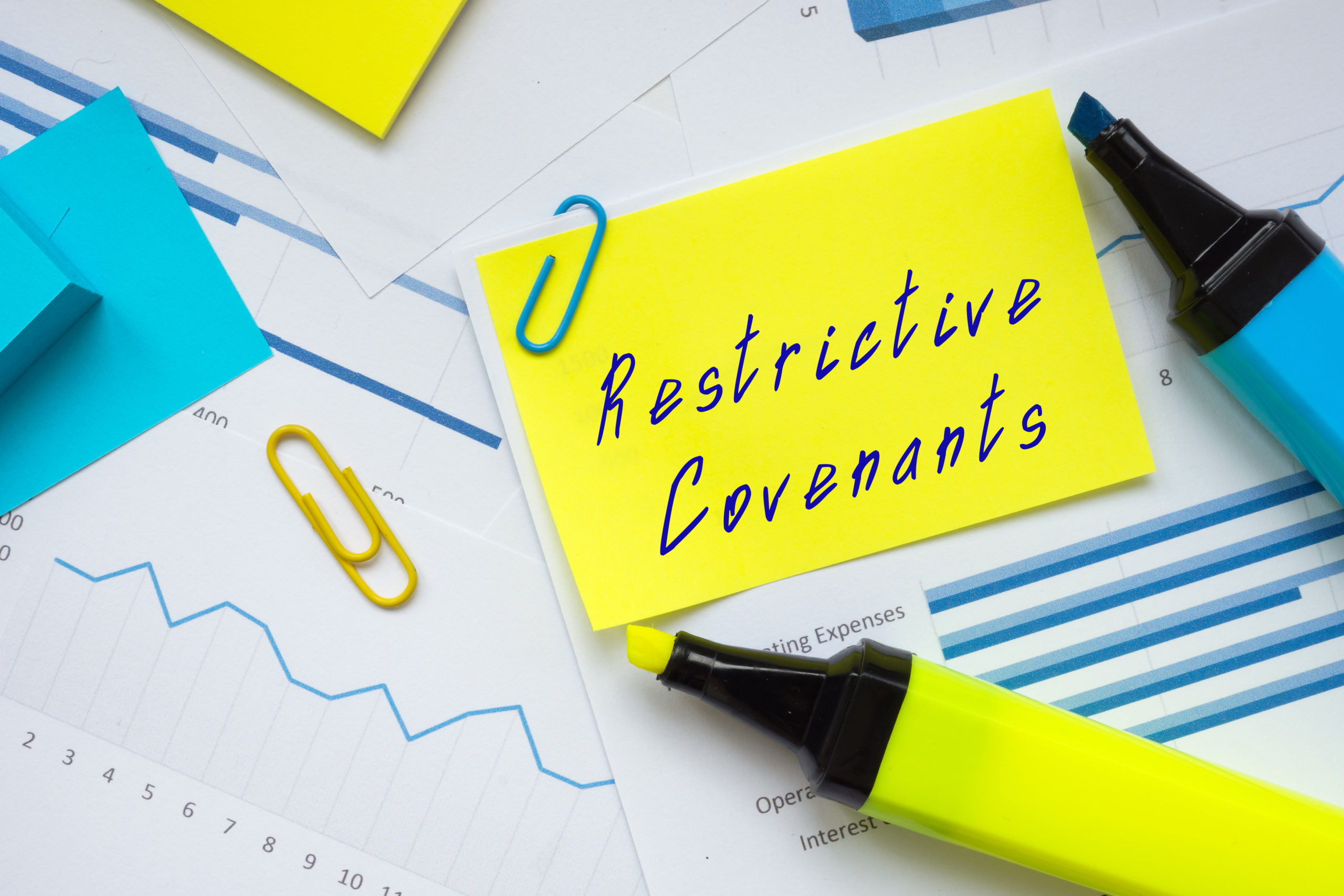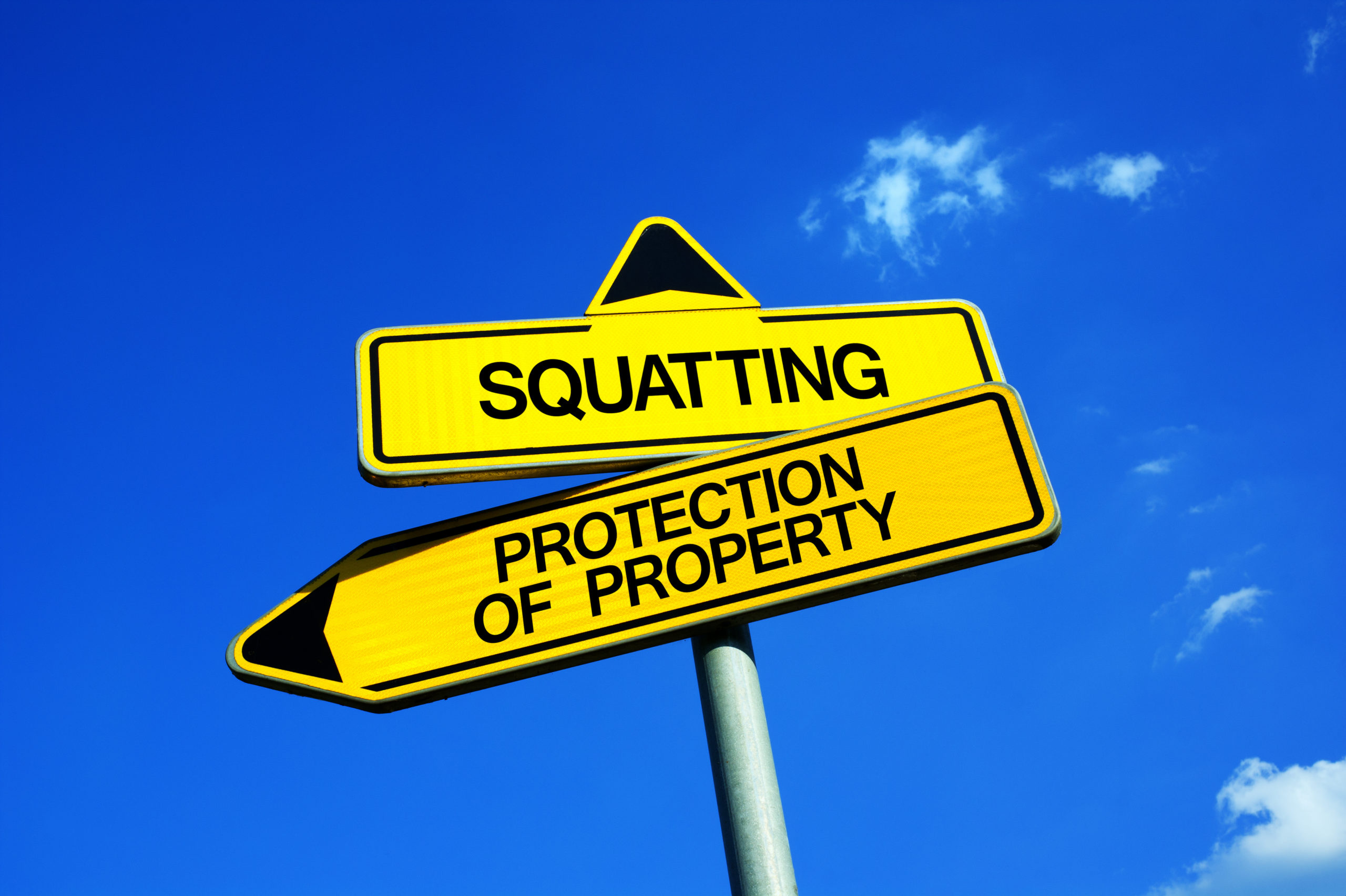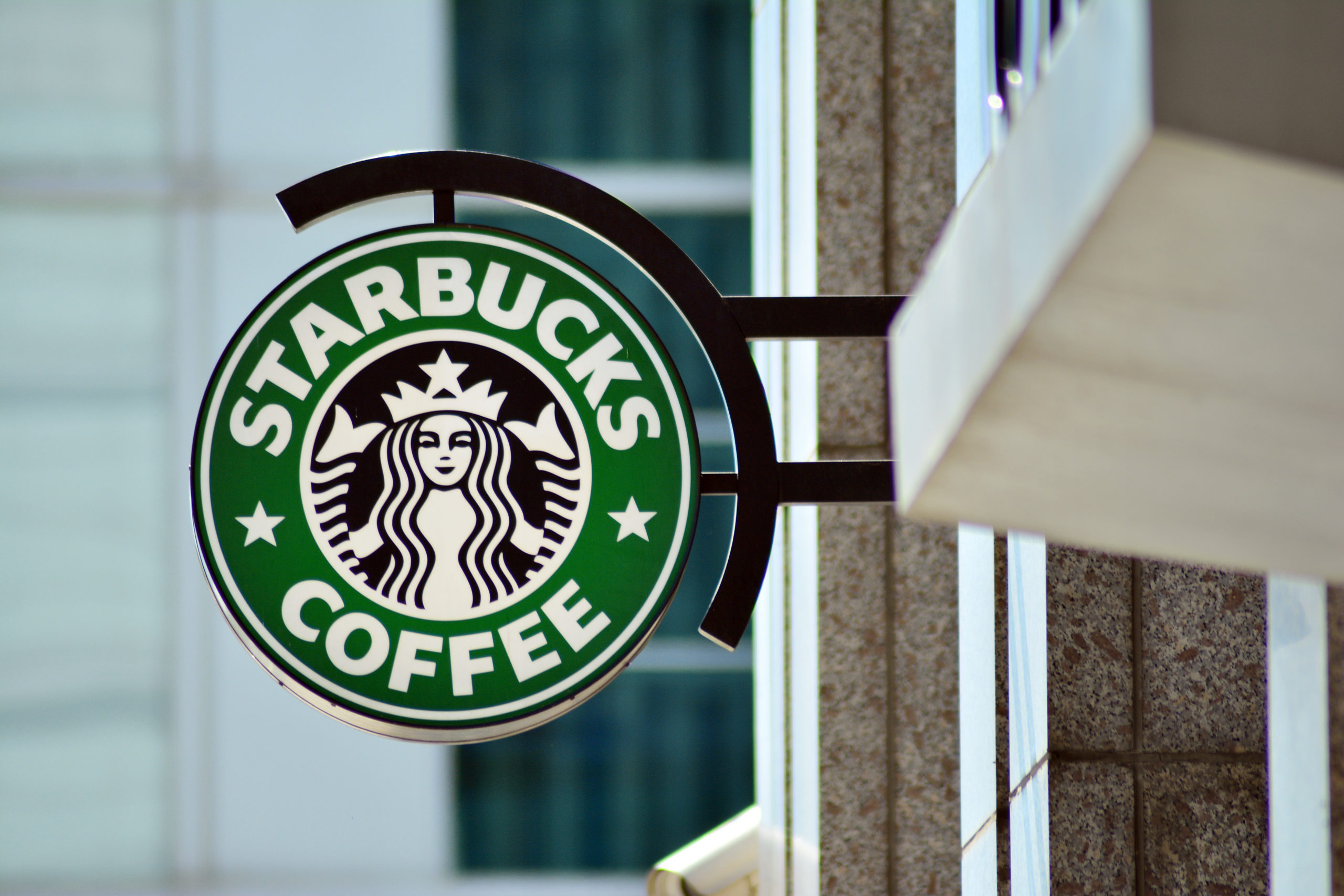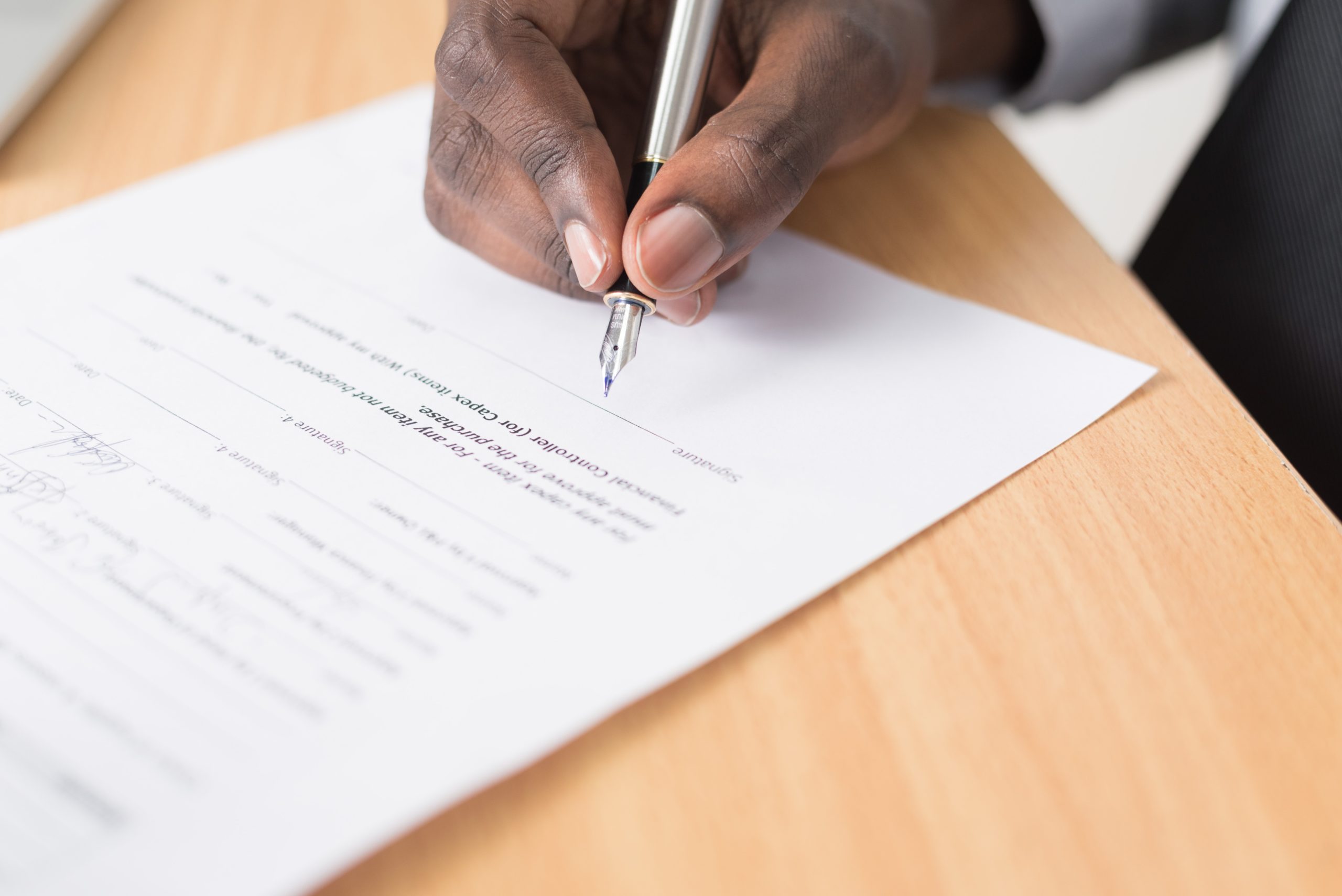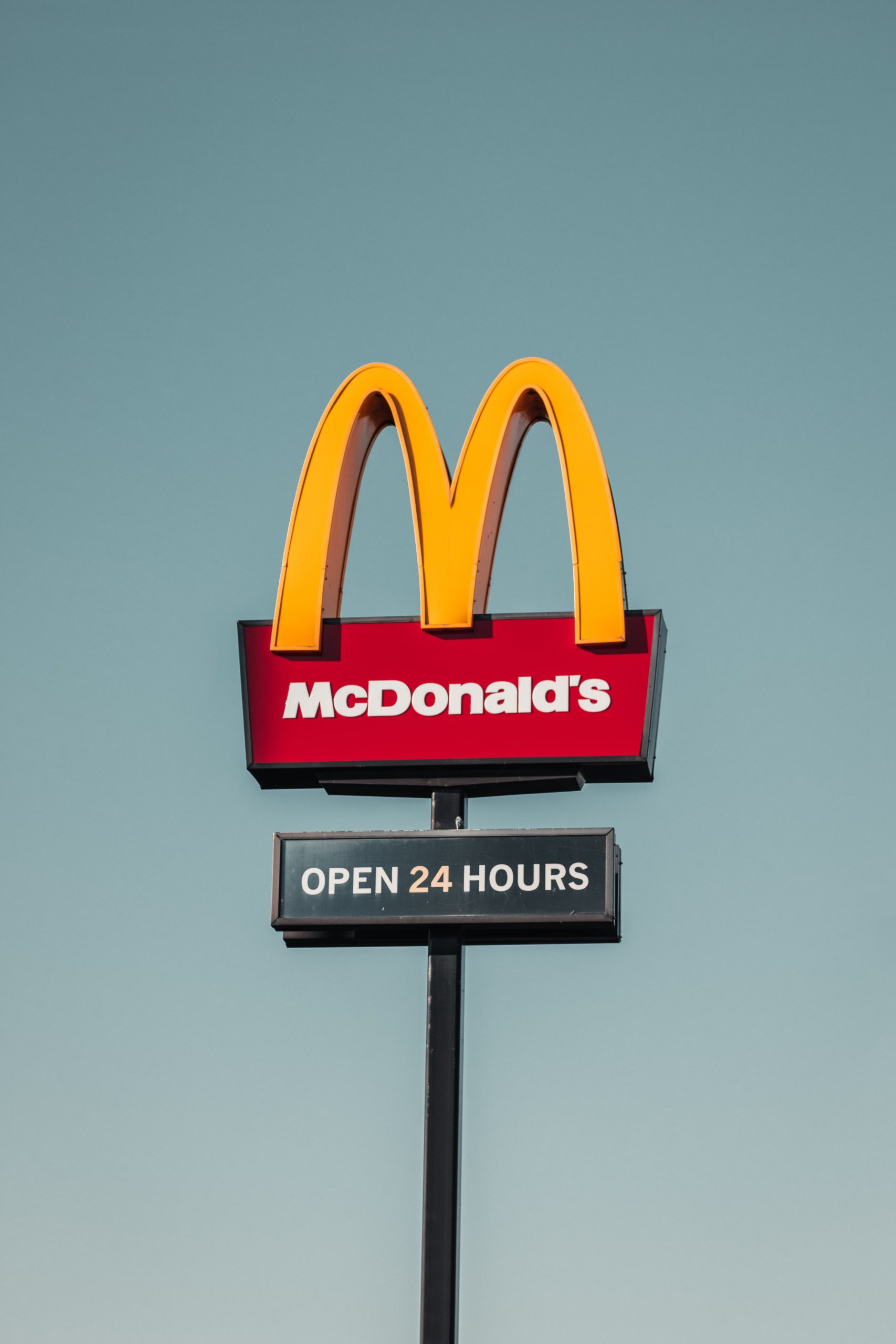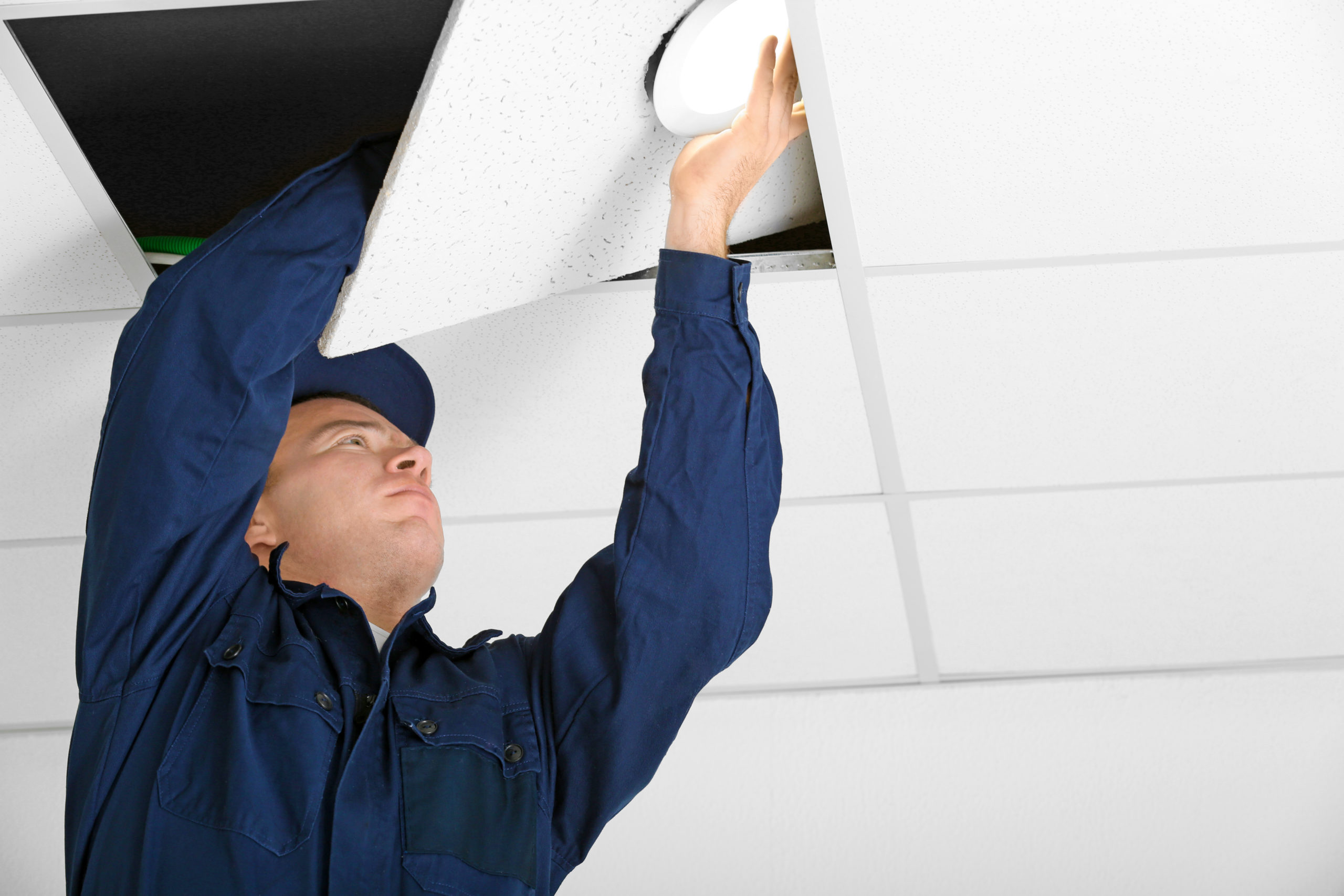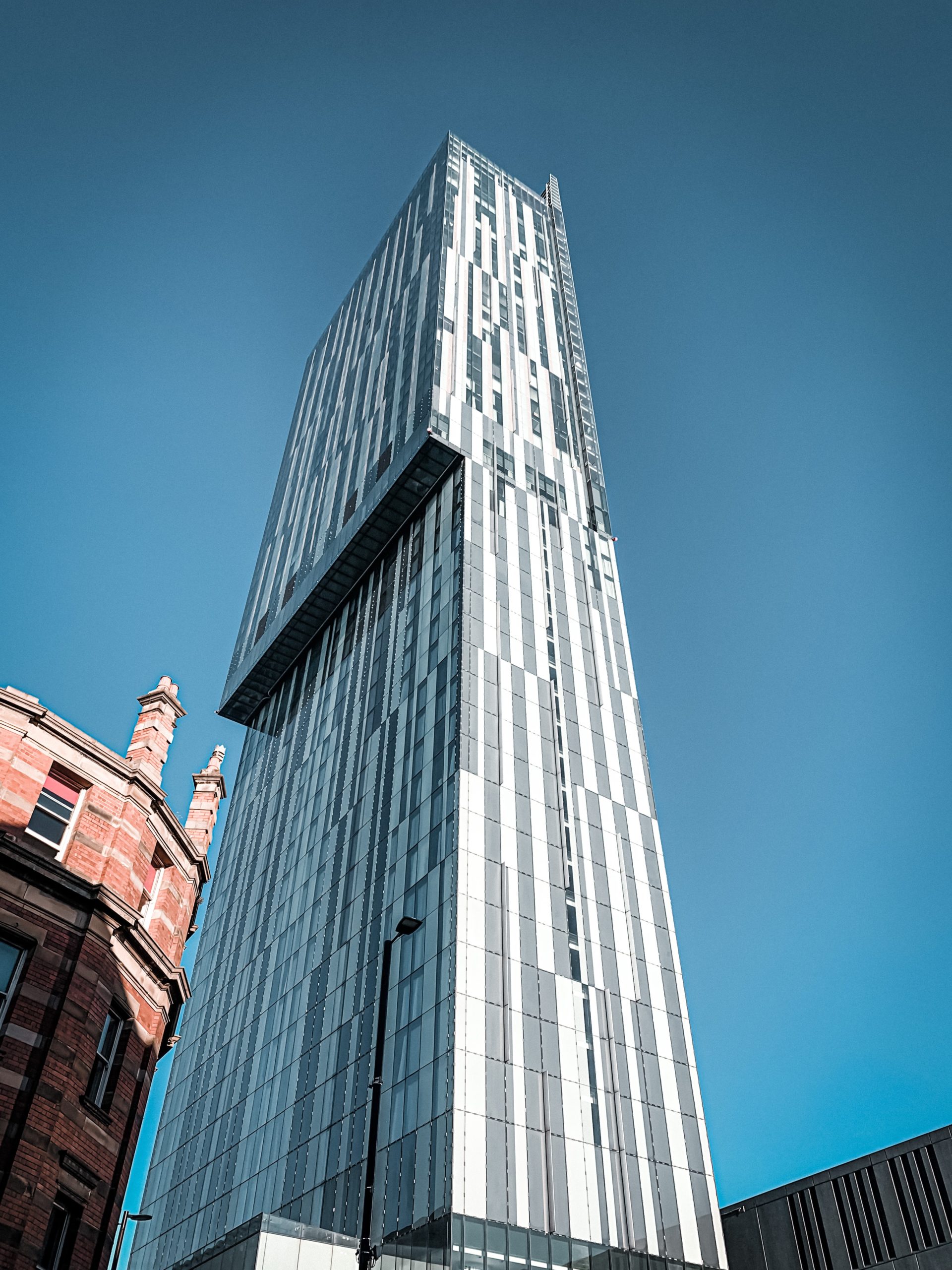Chancel repair liability – What is it and is it still relevant in today’s world?
Chancel repair liability is the liability to contribute to the repair cost of the chancel (i.e. the part of the church around the alter including the choir and the sanctuary) of a parish church. This archaic law dates back to the 16th century. It has been said that when Henry VIII sold the monasteries and sold all the land, chancel repair liability passed from the monks to the landowners. Here, Aisha Dambam asks the question: How does this relate to modern day land law, and how can you find out if you are liable for the repair of your local parish chancel?
The issue of chancel repair liability became a hot topic in the landmark case of Parochial Church Council of the Parish of Aston Cantlow and Wilmcote with Billesley, Warwickshire v Wallbank, where the House of Lords found the homeowners liable for £100,000 bill for the repair of the chancel of their local parish church.
The position prior to October 2013
Although a property on “Church Road” might be a clue, it is important to note that chancel repair liability can exist regardless of the proximity of a property to the local parish church. Chancel repair liability, in legal terms, was known as an “overriding interest” (which are matters which bind a property owner even if this liability it is not specifically referred to the title to the property) and therefore making it difficult to establish whether the liability existed or not.
The position post October 2013
After lengthy debates, although the Government decided against abolishing chancel repair liability completely, they introduced changes to make it easier to identify the properties that are subject to this liability. As a result, The Land Registration Act 2002 now removes chancel repair liability as an overriding interest, making the position slightly more certain. Chancel repair liability can only be protected by entering a notice on a registered title or by registering a caution against first registration for unregistered land. This provides a level of certainty, and transparency as it means the liability needs to be protected by way of notice for it to be enforced against those purchasing land after 12 October 2013.
What view has the Land Registry taken?
Notwithstanding the above changes, the Land Registry have taken a different approach to the legislation. They will still accept an application for registration of a notice to protect chancel repair liability as an overriding interest even though the property may have exchanged hands after 12 October 2013. The Land Registry believe it is the duty of the applicant submitting the application to decide whether they have valid grounds to lodge such application and it is for the registered proprietor to challenge any such entries on their title. Furthermore, the Land Registry do not consider it their duty to investigate or to give an opinion on the validity of such applications, and that any challenges relating to such entries must be resolved by the courts.
Based on the Land Registry’s approach, this means that it is possible for a notice to be entered on the title of a property even after it has exchanged hands for valuable consideration after 12 October 2013 and therefore potentially, a buyer could be subject to a chancel repair liability. As a result, it is therefore essential that solicitors and conveyancers continue to carry out chancel searches in the usual way.
As evidenced in the case mentioned above, the cost of repair of the chancel can be substantial. It is therefore important to carry out all necessary chancel checks. If a chancel risk is identified, there are simple cost-effective ways to mitigate this risk. If you would like any advice in this area, please contact our Real Estate Team, we would be delighted to help.
Email: beyondrealestateteam@beyondcorporate.co.uk
By Aisha Dambam
